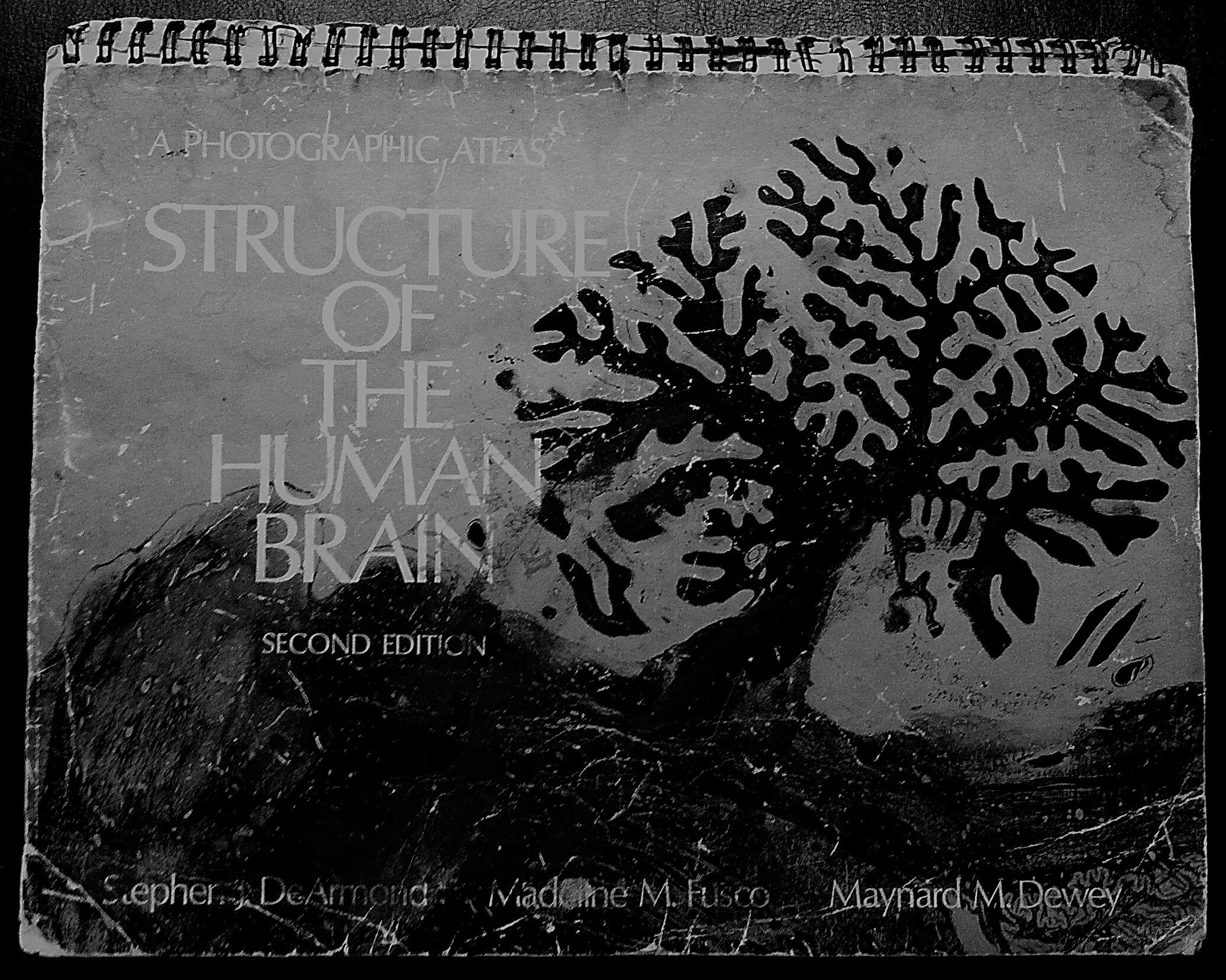The Dorset Maze first appeared during the 16th century in Dorset, Great Britain. In the history of mazes and labyrinths, its configuration is considered quite unique. It was a turf maze, which means it was traversed mainly for pleasure (as opposed to any meditative use, which is the most common purpose of many mazes and labyrinths). The Dorset Maze covered nearly an acre and was bounded by ridges a foot in height. It was destroyed by the farmer’s plough in 1730.
I made my first painting of this maze in 1992 and continued to use it intermittently in my work until 2007. Since then, I have employed it much more frequently and with many variations; the maze becoming disassembled and reconfigured.
This disassembling can also be said for my use of the “tree” image and the shapes that resemble coral or seaweed. These forms are actually derived from pictures of cross sections of the human brain.
Among the most complicated structures known, the cerebral cortex alone contains roughly 125 trillion synapses, which is about how many stars it would take to fill 1,500 Milky Way galaxies.


